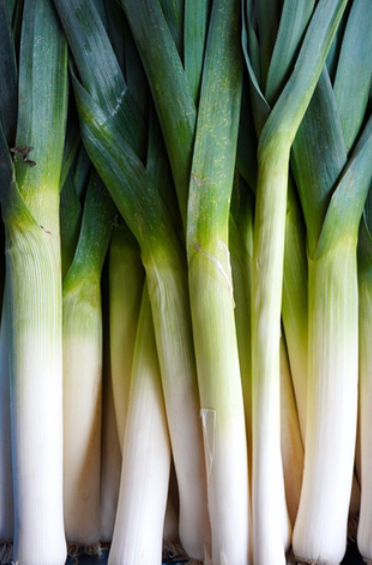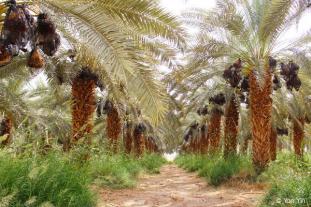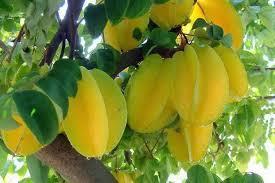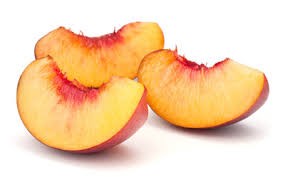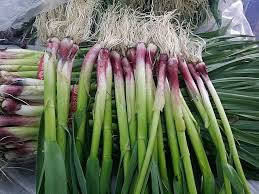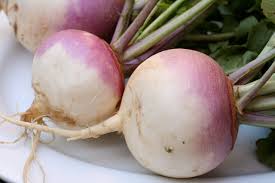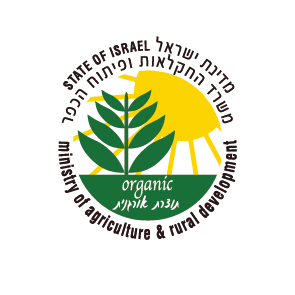Our leek, while formidable, is formidable in a good way, and as you will discover later, it is also particularly friendly to vegans.
This is a plant from the Amaryllidaceae family, a cousin to the onion and one of the descendants of wild garlic. I write descendants of wild garlic because you will not encounter the form familiar to us today in nature. The fact that it is a cultivated variety that has moved far from its ancient wild ancestor does not mean that leek (also known as 'loof' or 'prasa') is a new vegetable.
On the contrary, there is archaeological evidence that the Egyptians grew leeks as early as the third millennium BCE that were very similar to the leeks we eat today. In ancient times, leek served both as a medicinal plant and as an edible vegetable and was common throughout the Mediterranean basin.
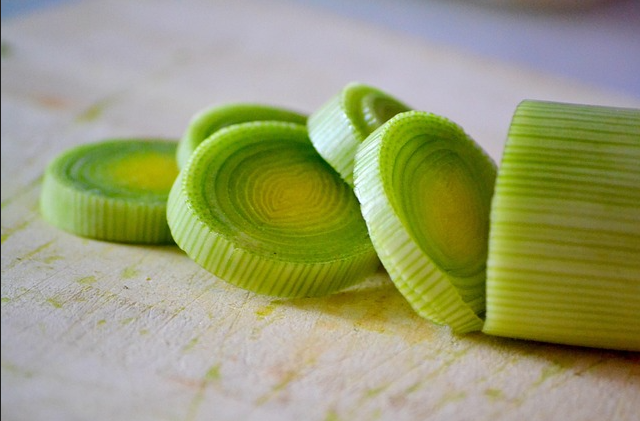
As a fan of Roman history, you will probably be glad to know that leek was Emperor Nero's favorite vegetable. While he was quite a detestable emperor, we will not let this fact damage the reputation of the leek.
As the subtitle suggests, I attribute qualities of a super onion to the leek. Indeed, I maintain that anything done with onions can be done with leeks and will turn out better (from seasoning a salad, through frying and sautéing, to a particularly tasty "onion soup").
On the other hand, I think I am doing the leek quite an injustice when I brand it as a distinguished onion – because it is much more than that.
With all due respect to various onions, and I have a lot of respect for them, unlike the onion, the leek head has a much richer and less aggressive texture and flavors.
Which means that unlike the onion, which only rarely receives the leading role in the play (for example in 'onion soup', which as we mentioned can also be made from leek), the leek is frequently cast in the central role, and there is no better way to illustrate this through a veteran culinary dish (with a million versions) that bears its name (that is, one of its names): prasa fritters.
The roots of this dish go back at least 1000 years and it is identified with Spanish Jewish cuisine (prasa is the name of the vegetable in Latin and Ladino) and from there, with the expulsion of the Jews, this dish also reached Turkish and North African cuisine.
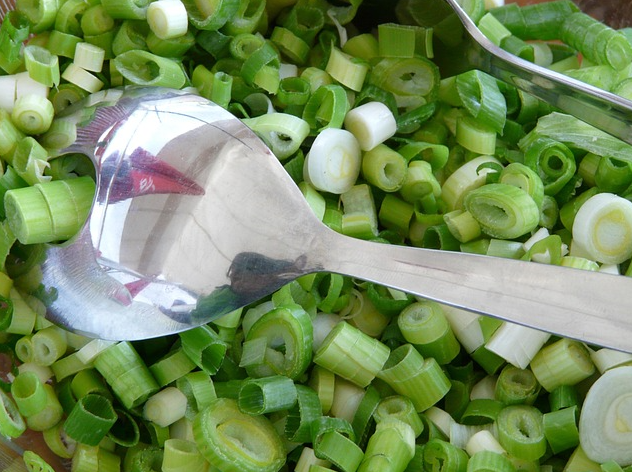
Prasa fritters are also encountered as a meat dish, where the fritter consists of a mixture of ground meat and chopped leek, or in the vegetarian version (and I said vegans love leek) where the leek itself is the substitute for meat.
In principle, all parts of the leek can be used, but when prasa fritters are on the agenda, we essentially want to work with the leek head, that is, with the white and more compact part.
If we are looking for a weak point in this vegetable, it is that unlike the onion where the head is very distinct and large, in the leek, the head quickly merges with the stem, and typically only the bottom part has 'meat'. On the other hand, the leeks visiting us in the garden this week are giant leeks, and this is a wonderful opportunity to practice prasa fritters.

